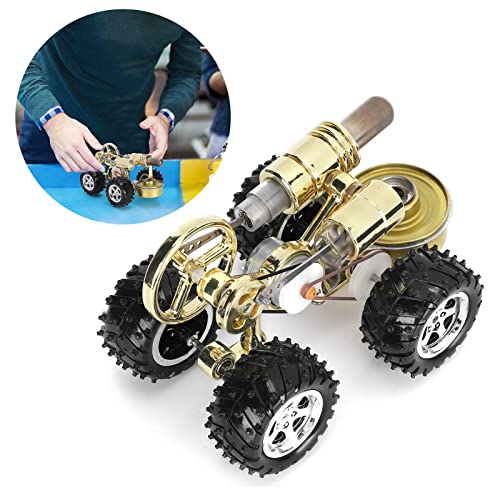I have done the "hose" trick on car head refurbishment. But using the power tool to spin the valve while lapping tends to way overdo the lapping so a broad seat is achieved, not the narrow seat that is much better at sealing.
Poppet valve sealing is very complex - according to the doctor engineer I met from the company's research place.... A narrower seat has a higher contact pressure than a broad seat so will seal better. It will also run-in better, due to the higher pressure upon closing, when the hammering of the valve on the seat work hardens the contact face. Similarly, as the valve naturally rotates in small increments while the engine is running, the rotational surface rubbing and lapping is quicker with a narrow seat. Progressing the hand lapping of valves onto seats simply gives far better results than 1 quick blast with a powertool. Although experts (like race mechanics, et al.) do it with power tools, but have the experience to provide optimum pressure and contact time to develop the optimum seat lapping.
Enjoy,
K2
Poppet valve sealing is very complex - according to the doctor engineer I met from the company's research place.... A narrower seat has a higher contact pressure than a broad seat so will seal better. It will also run-in better, due to the higher pressure upon closing, when the hammering of the valve on the seat work hardens the contact face. Similarly, as the valve naturally rotates in small increments while the engine is running, the rotational surface rubbing and lapping is quicker with a narrow seat. Progressing the hand lapping of valves onto seats simply gives far better results than 1 quick blast with a powertool. Although experts (like race mechanics, et al.) do it with power tools, but have the experience to provide optimum pressure and contact time to develop the optimum seat lapping.
Enjoy,
K2



















![MeshMagic 3D Free 3D Modeling Software [Download]](https://m.media-amazon.com/images/I/B1U+p8ewjGS._SL500_.png)

![DreamPlan Home Design and Landscaping Software Free for Windows [PC Download]](https://m.media-amazon.com/images/I/51kvZH2dVLL._SL500_.jpg)







































